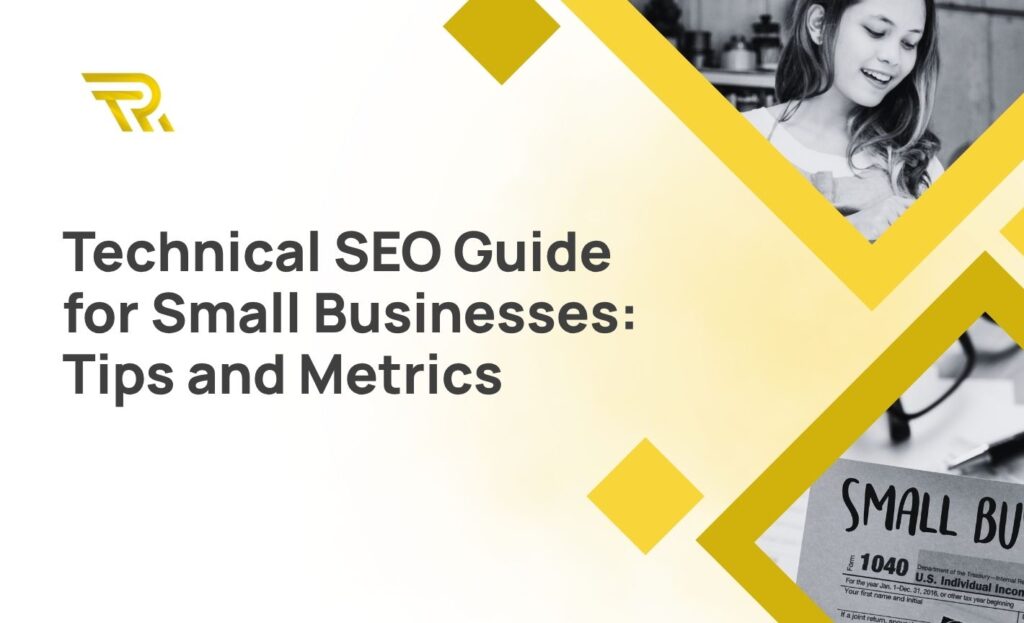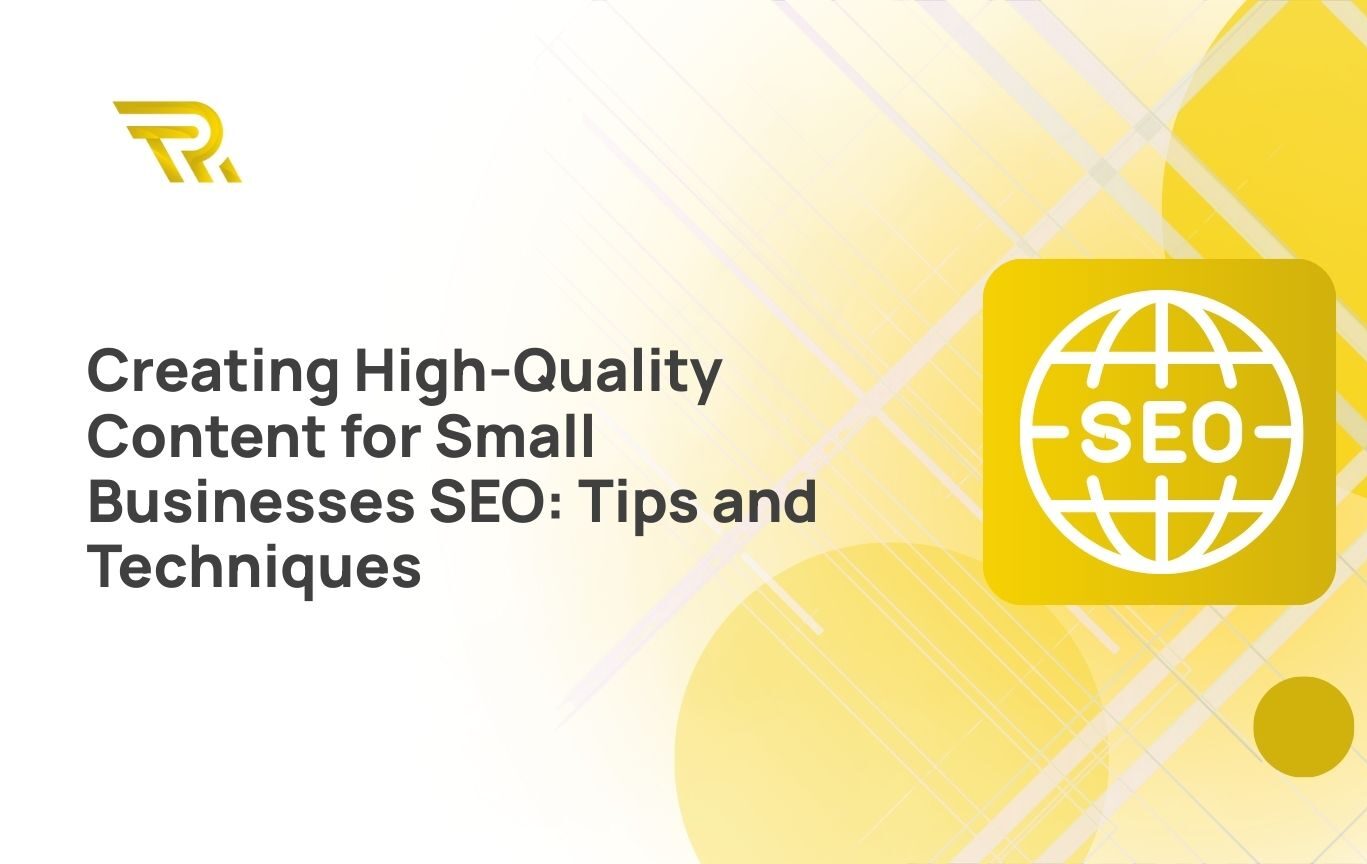Are you the owner of a small business looking to enhance your SEO? SEO, or search engine optimization, is the key to elevating your website’s position in search engine results.
With our expertise in the field of SEO, we understand the critical role of technical SEO in the online success of small businesses, particularly small enterprises. You often face unique challenges in the online sphere, and mastering technical SEO can significantly boost your website competitiveness. Before diving into the world of technical SEO, it’s essential to have a trusted technical SEO guide by your side. So, recognizing that technical SEO is pivotal for your small business, we decided to provide this comprehensive technical SEO guide on this subject.
In this article, we’ll break down technical SEO best practices, explore essential metrics, and offer practical strategies even non-tech-savvy business owners can implement.
Key Takeaways
Technical SEO is vital for small businesses to achieve strong online prominence and search engine visibility.
Emphasize mobile optimization, fix broken links, and ensure secure protocols (HTTPS) for maximum SEO impact.
Utilize tools like Google Search Console and Screaming Frog SEO Spider for insightful diagnostics and consistent site optimization.
What is Technical SEO ?
Technical SEO involves making sure that a website meets the technical standards set by modern search engines, aiming to enhance its organic search rankings. Key aspects of advanced technical SEO encompass activities like website crawling, indexing, rendering, and optimizing website architecture.
Technical SEO for small businesses is all about the optimization of a website’s foundation: unlike on-page SEO for small businesses, which focuses on content, and off-page SEO, which revolves around a site’s external relations (like backlinks), technical SEO is concerned with a site’s underlying mechanics.
So, whether you have a small business or a blog, this technical SEO guide can help you increase your website’s traffic.
Why is Technical SEO Important for Small Businesses?
Why is technical SEO so crucial? Well, picture this: you might have the most fantastic website with high-quality content for SEO. But if your technical SEO is a mess, your chances of ranking well on search engines are super low.
At its core, technical SEO is about making sure that search engines like Google can easily discover, crawl, render, and index the pages on your website. That’s just the starting point, though. Even if Google manages to index all your site’s content, there’s more work to be done.
For your website to be fully optimized in terms of technical SEO, your pages should be secure, mobile-friendly, devoid of duplicate content, quick to load, and a host of other technical optimizations. Now, it’s not necessary for your technical SEO to be flawless to rank, but the smoother you make it for Google to access your content, the better your chances of ranking well.
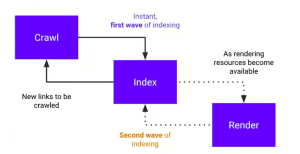
How Can You Improve Your Technical SEO?
Well, it goes beyond just crawling and indexing. To boost your site’s technical optimization, you should consider various factors such as:
- JavaScript
- XML sitemaps
- Site structure
- URL format,
- Structured data
- Thin content,
- Duplicate content
- Hreflang
- Canonical tags,
- 404 error pages
- 301 redirects
- etc.
Thankfully, I’ll be addressing all of these aspects and more in the upcoming sections of this guide.
Technical SEO Key Factors
The algorithms used by search engines are constantly evolving, making it essential to consult an up-to-date technical SEO guide to adapt your strategies accordingly.
Here are the common technical SEO key factors you should consider for your SEO strategy:
Site structure and Navigation
One of the key takeaways from a high-quality technical SEO guide is the importance of optimizing your website’s structure for search engines. Site structure and navigation are paramount in any advanced technical SEO campaign, even before addressing crawling and indexing issues. Why?
A well-designed site structure can prevent many of these problems from arising. Moreover, it shapes every aspect of your site’s optimization, from URLs to sitemaps and even the use of robots.txt to control search engine access.

Image source: webstyleguide.com
The key to a successful site structure is keeping it flat and organized. A flat structure means that all your site’s pages are just a few clicks away from one another, making it easy for search engines to crawl every page efficiently. This might not be a big issue for small business website, but for larger ones, like e-commerce sites with thousands of product pages, a flat architecture is essential.
Additionally, your structure should be highly organized, avoiding messy setups that create orphan pages (pages with no internal links pointing to them) and make it challenging to identify and resolve indexing issues. To assess your site’s structure, you can use tools like Semrush’s “Site Audit” feature, which offers a comprehensive overview.
Consistency is also crucial in SEO-friendly URL structure. While it doesn’t need to be overly complex, it should follow a logical pattern. This consistency helps both users and search engines understand the hierarchy of your site. For instance, categorizing pages under subfolders adds context, making it clear that they belong to a particular category. Google often rewards this by displaying sitelinks in search results, enhancing the user experience.
Crawling, Rendering, and Indexing
Crawling, rendering, and indexing are the focus of this chapter, aimed at making it incredibly easy for search engines to discover and index every part of your website.
To start, your first objective is to identify any pages on your site that search engine spiders struggle to crawl. Here are three effective methods to accomplish this:
Coverage Report: Begin by examining the “Coverage Report” within Google Search Console. This report provides insights into whether Google can fully index or render the pages you want to be indexed.
Screaming Frog: Utilize Screaming Frog, a highly regarded crawler tool, to conduct a thorough crawl of your website. This tool is known for its effectiveness in identifying issues that may not appear in the Coverage Report.

Image source: Screaming frog
Semrush Site Audit: Semrush offers a valuable SEO site audit tool that provides a comprehensive overview of your site’s technical SEO health, site performance, and HTML tag issues. It offers a different perspective compared to the other tools.
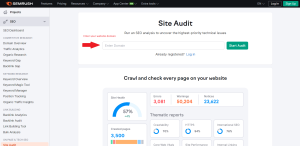
Each of these tools has its strengths and weaknesses, so for larger sites with extensive content, it’s advisable to use all three approaches to ensure nothing goes unnoticed.
When it comes to indexing, most websites have no trouble getting their homepage indexed. However, it’s often the deep pages (those several links away from the homepage) that encounter problems. To address this, consider creating internal links from authoritative pages to these deep pages, ensuring they get the attention they deserve.
Despite advancements like mobile-first indexing and AMP, Google still relies on XML sitemaps to discover your site’s URLs. In fact, a Google representative confirmed that XML sitemaps are the “second most important source” for finding URLs, after external and internal links. You can verify your sitemap’s status by checking the “Sitemaps” feature in Google Search Console.
Thin and Duplicate Content
Thin and duplicate content can be problematic for websites, and it’s essential to address these technical SEO issues proactively. While unique and original content is the ideal, duplicate content can still arise, especially if your content management system (CMS) generates multiple versions of the same page on different URLs.
To identify and address these technical SEO issues, consider using SEO audit tools:

Image source: Backlinko.com
To identify and address these issues, consider using SEO audit tools:
Raven Tools Site Auditor: This tool scans your site for duplicate or thin content and provides recommendations for updates.
Semrush Site Audit: Semrush’s “Content Quality” section can highlight instances of the same content on multiple pages within your site.
It’s important to note that duplicate content can also refer to pages that copy content from other websites. To ensure your content is unique, use Copyscape’s “Batch Search” feature to check if your content appears elsewhere on the web. If you find matching content, searching for a specific text snippet in quotes can confirm your page’s originality.
For pages with duplicate or thin content that you don’t want indexed, consider using the “noindex” tag. This tag informs search engines not to index the page. You can verify its implementation using the “Inspect URL feature” in Google Search Console. If the page is still indexed, it indicates an issue with the noindex tag setup.
Keep in mind that it may take some time for Google to re-crawl and remove indexed pages after implementing the noindex tag. Monitoring the “Excluded” tab in the Coverage report can help ensure that these pages are being removed from the index.
Additionally, canonical URLs are a solution for pages with very similar content but minor differences. For instance, product pages with various sizes, colors, and variations can have canonical tags that specify the primary version of the page, indicating that the others are variations.
Improving PageSpeed
Improving your website’s page speed is one of the few advanced technical SEO strategies that can directly impact your site’s rankings. While a fast-loading site won’t instantly propel you to the top of Google’s first page (you need white-hat link building for that), it can significantly boost your organic traffic. In this chapter, I’ll share three simple methods to enhance your site’s loading speed.
1. Reduce Web Page Size
While you may have heard about various page speed optimization techniques like CDNs, caching, lazy loading, and minifying CSS, one crucial factor often overlooked is web page size. During a large-scale pagespeed study, it was found that a page’s total size had the most significant correlation with load times. In essence, when it comes to pagespeed, there’s no free lunch. You can compress images and utilize caching, but if your pages are overly large, they will take longer to load. Slimming down your page’s total size should be a priority if you want to improve site speed.

Image source: sitechecker.pro
2. Test Load Times With and Without a CDN
Surprisingly, the study revealed that CDNs were associated with worse load times. This is likely because many CDNs are not configured correctly. If your site uses a CDN, it’s advisable to test your site’s speed on webpagetest.org both with and without the CDN enabled to assess its impact accurately.
3. Eliminate 3rd Party Scripts
Every third-party script on a page adds an average of 34 milliseconds to its load time. While some of these scripts, such as Google Analytics, may be essential, it’s worthwhile to review your site’s scripts to identify any that can be removed to improve page load times.
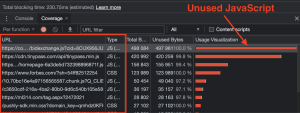
Image source: nitropack.io
Extra Technical SEO Tips
In this chapter, you’ll find some quick technical SEO tips covering various aspects of website optimization:
- Implement hreflang for International Websites: If your website has different versions for various countries and languages, the hreflang tag can be incredibly beneficial for improving user experience. Aleyda Solis’s Hreflang Generator Tool simplifies the process of creating hreflang tags for multiple regions, making it easier to set up correctly.

Image source: hallaminternet.com
- Check Your Site for Dead Links: While having a few dead links may not severely impact SEO for small businesses, broken internal links can hinder Googlebot’s ability to crawl your site. Conducting quarterly SEO audits to identify and fix broken links is recommended. Various SEO audit tools like Semrush and Screaming Frog can help with this task.
- Set up Structured Data: While there’s no direct correlation between using Schema markup and first-page rankings, implementing Schema can enhance your chances of earning Rich Snippets in search results. Rich Snippets can significantly improve organic click-through rates due to their enhanced visibility.
- Validate Your XML Sitemaps: Large websites can have trouble maintaining up-to-date sitemaps. Ensure that all links in your sitemap point to live pages by using tools like Map Broker XML Sitemap Validator to identify broken or redirecting links within your sitemap.

- Noindex Tag for Category and Tag Pages: If your website runs on WordPress, consider applying the noindex tag to category and tag pages unless they bring in significant traffic. These pages often provide little value to users and can lead to duplicate content issues. Plugins like Yoast SEO make it easy to noindex these pages with a single click.
- Check for Mobile Usability Issues: With Google’s mobile-first indexing in place, mobile optimization is crucial. Even mobile-friendly sites can encounter usability issues that might not be immediately noticeable. Use Google Search Console’s Mobile Usability report to identify and resolve mobile optimization issues. Google provides specific details about what’s wrong with each page, simplifying the troubleshooting process.
Final Thoughts
Small business websites don’t need to be complex, but they do need to be optimized. With this technical SEO guide as your foundation, you can identify issues early, implement fixes, and follow technical SEO best practices that improve rankings and usability.
Consider our effective SEO services, which can significantly enhance your website’s search engine rankings and help it reach a wider audience.
If you’re seeking expertise in optimizing your site’s technical foundations, don’t hesitate to contact us. Your pathway to a technically optimized website begins with our dedicated assistance.
FAQs
What are some common technical issues that can affect my website’s SEO?
There are some common issues that can affect your website’s SEO, such as slow loading times, improper URL structures, duplicate content, broken links, and poor mobile responsiveness. Fortunately, we have the expertise to identify and fix these problems, ensuring optimal site performance.
Can technical SEO help my small business compete with larger competitors online?
Absolutely. Proper technical SEO levels the playing field by ensuring your website is accessible, efficient, and user-friendly. It enables search engines to recognize your content’s value, potentially allowing your small business to outrank larger competitors with poor technical optimization.
Do you recommend technical expertise to implement technical SEO strategies for my small business?
Technical expertise can be helpful. Many user-friendly tools and resources are available, particularly within content management systems and website builders, that can guide you through common technical SEO practices. However, for more complex issues, seeking assistance from a professional with technical SEO knowledge might be advisable to ensure optimal results.
What technical SEO services would you offer for my small business?
We offer a range of tchnical SEO services for your small business, including comprehensive website audits, site speed optimization, mobile-friendliness enhancements, XML sitemap generation, canonicalization, schema markup implementation, structured data integration, indexing and crawl optimization, resolution of technical issues, HTTPS migration guidance, server and hosting analysis, and local SEO optimization.
How often should I conduct a technical SEO audit for my small business website?
We recommend conducting a technical SEO audit at least once a year, or whenever you make significant changes to your website. Regular audits help identify and address any emerging technical issues that could impact your SEO performance.

